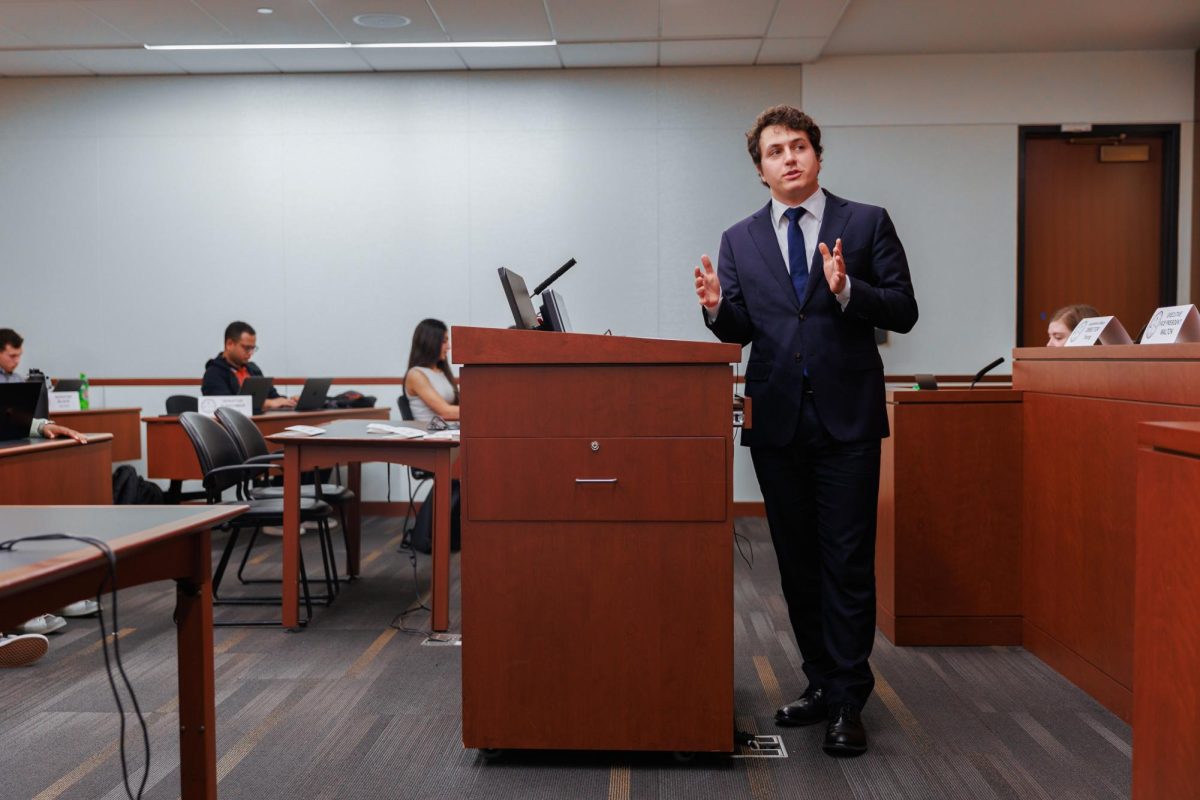D.C.’s largest college access program got a $10 million budget boost with the help of the Obama administration this month, a 33 percent increase that will help hundreds more local students attend college.
The total budget for the D.C. Tuition Assistance Grant program, which offers benefits similar to what public universities offer their in-state residents, will rise to $40 million next year, which will likely mean another increase of D.C. high school students attending GW.
Fifty-four students came to GW with the help of the TAG program this year, an increase of about 40 percent in the last four years.
Dan Small, assistant vice president for financial assistance, who has overseen growing participation in the program at GW, said it “helps open doors to students who may not have otherwise been able to afford to attend the college of their choice.”
He added that GW has seen an increase in D.C.-area students choosing to attend GW.
The program provides up to $10,000 to pay the difference between in-state and out-of-state tuition at four-year public universities. It offers $2,500 per academic year to students who attend private universities in D.C. or historically black schools or two-year colleges nationwide.
This year’s budget increase came after a plea from the city’s representative in Congress, Del. Eleanor Holmes Norton,who has lauded the program for doubling college attendance among D.C. students.
“D.C. TAG puts you in a position where you are at least equal by giving you the opportunity to go to a state university, which is all [state residents] would have,” Norton said at a roundtable with D.C. students last week.
About two-thirds of TAG students attend schools in D.C., Virginia, Maryland, North Carolina, Pennsylvania or Delaware, according to the latest data available.
About 71 percent of TAG students who attend GW stay on between their freshman and sophomore year, a retention rate that ranks No. 12 among participating colleges nationally.
Administrators have put a sharper focus on accessibility since University President Steven Knapp and 100 other college leaders made a pledge to affordability at the White House earlier this year. Knapp charged a team of top officials in admissions, financial aid and diversity a week after the event with creating strategies to attract low-income students and ensure they graduate.
The University plans to host workshops at local schools and libraries that will help high school students complete college applications, invite students to tour campus and form more partnerships with community colleges.
“At GW, we have built great relationships with the guidance counselors at D.C. high schools and have actively recruited students from these local schools,” Small said. “As such, we are seeing more D.C. high school students choosing to attend GW.”
About 5,000 students are now attending college with the help of a D.C. grant. Two-thirds of those students come from low-income families.
Jason Perry, a senior at Woodrow Wilson High School, said at the roundtable that he is weighing his college options, and “one of the biggest factors is money,” arguing that the program should offer more money to students who attend private institutions.
GW Law School alumna Chanell Autrey said she wouldn’t have become a defense attorney if it wasn’t for a D.C. grant that helped her pay for undergraduate education.
Autrey graduated from the School Without Walls with a full scholarship to Penn State in 2005. She also received money from the TAG program, which helped her pay for books and room and board.
“I’m very thankful for the opportunity to have TAG and for it to help me get to where I am today,” she said.






